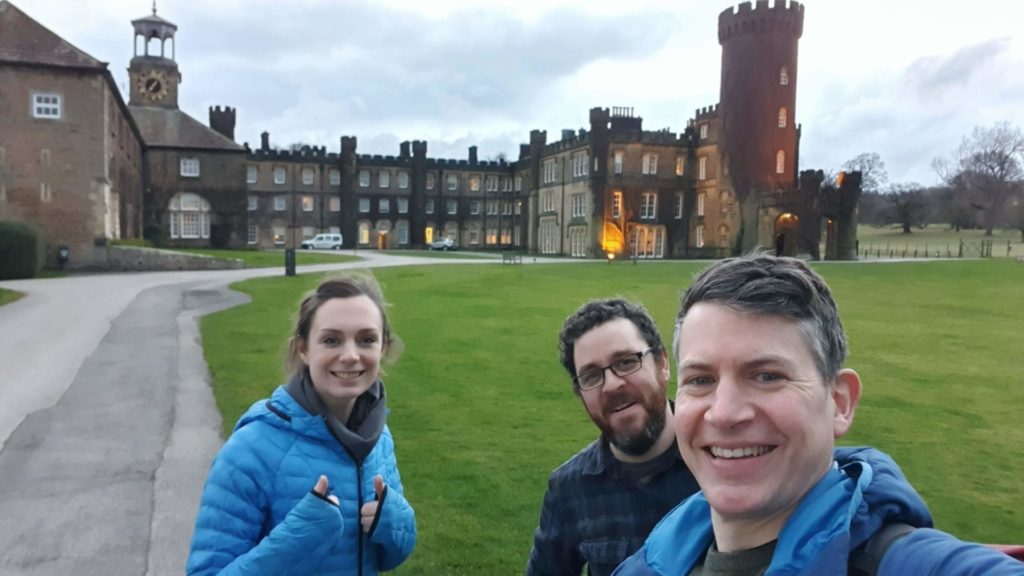Flood risk hotspot analysis to inform tree planting
The project at Swinton estate is to create and manage new woodlands, with the aim of planting 350ha of trees in the next 20 years. This will ultimately generate revenue from forestry, including timber, and will also have wider benefits from reduced flood risk, carbon sequestration, improved biodiversity and water quality. The estate aims to demonstrate that planting and management for conservation can be integrated with commercial interest, which could create an innovative business model that can be replicated across the UK, and wider. Funding through the Natural Environment Investment Readiness Fund has been awarded to the estate and our project feeds into this wider project
iCASP’s role
Our role is to provide evidence of the impact of tree planting on flooding and to help identify which areas of tree planting should be given priority. Ultimately this information will be combined with other strands of investigation in the wider project (e.g., ecological benefit) to inform the estates planting strategy going forward.
This will be in two stages:
- Analysis of flood risk to inform tree planning
- Detailed hydrological modelling to quantify the benefits of tree planting in specific areas

Methodology
Project team
iCASP Impact Translation Fellows: – Project Manager Dr Janet Richardson, Dr Stephanie Bond Dr Jenny Armstrong, and Dr Thomas Willis, iCASP, University of Leeds

Partners
Charles Clark, Head of Forestry and Grounds, Laura Angel, Estate Manager and Mark Cunliffe-Lister, owner of Swinton Estate
GSC Grays
Tenants of Swinton Estate
